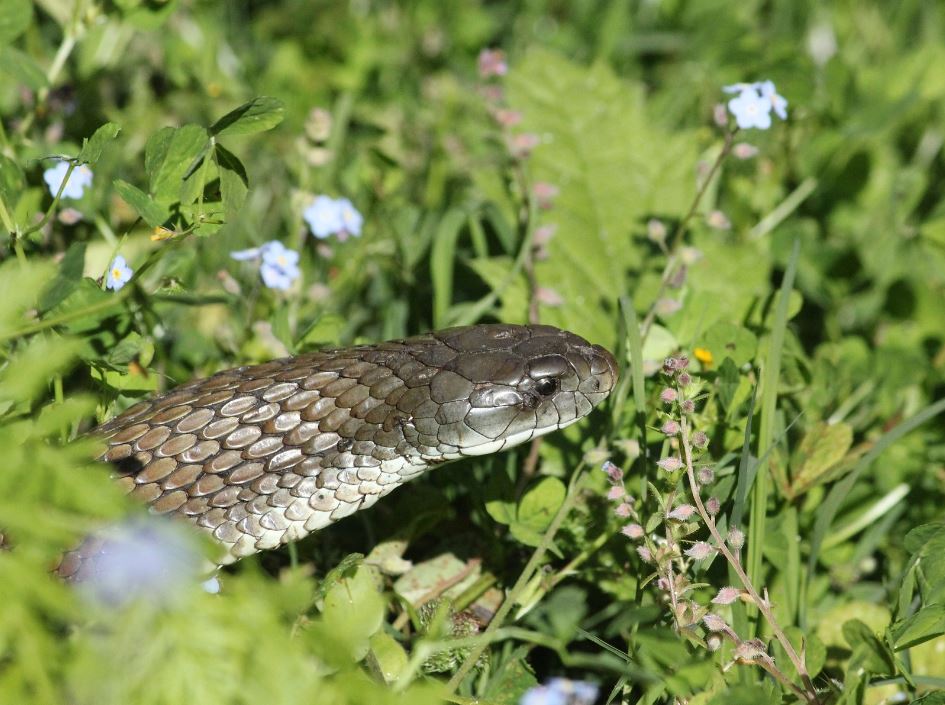
More than 3,500 Australians were hospitalised due to contact with a venomous animal or plant in 2017–18, according to a new report from the Australian Institute of Health and Welfare (AIHW).
The report, Venomous bites and stings (2017–18), found that more than a quarter (26% or 927 cases) of these hospitalisations were caused by bee stings.
“Australia is home to some of the most venomous animals in the world—including spiders, ticks, and 20 of the 25 most venomous snakes in the world,” says AIHW spokesperson Professor James Harrison from the AIHW’s National Injury Surveillance Unit, based at Flinders University.
“The majority of hospitalisations for bee stings were due to allergic reactions, with bees and wasps responsible for 12 of the 19 deaths related to venomous bites and stings in 2017–18,” Professor Harrison says.
Spider bites accounted for one-fifth (19% or 666 cases) of all venomous bite and sting related hospitalisations. Of those 666 cases, redback spiders were responsible for 42.5% (283 cases) of hospitalisations, followed by white-tailed spiders (38 cases), and funnel web spiders (25 cases). The type of spider was unknown in just under half of all cases (45% or 300 cases).
Venomous snakes were chiefly responsible for 17% (606 cases) of hospitalisations due to venomous bites and stings in 2017–18, with the type of snake unknown in around one-third of those cases (34% or 208 cases). Brown snakes accounted for 36% (215 cases) of hospitalisations due to venomous snake bites, followed by black snakes (83 cases) and tiger snakes (65 cases). Of the 19 deaths recorded in 2017–18, 7 were attributed to venomous snakes.
“Alongside land-dwelling animals, Australia also has some of the world’s most venomous marine animals, including the Irukandji jellyfish, Professor Harrison says.
Contact with venomous marine animals accounted for just under 400 hospitalisations and 0 deaths, with stinging fish (including stonefish and stingrays) responsible for 320 hospital admissions, followed by jellyfish (73 cases).
The rate of hospitalisations for all venomous bites and stings varied by states and territories across Australia. The highest rate occurred in the Northern Territory (31 cases per 100,000 population) and the lowest in the Australian Capital Territory (9 cases per 100,000).
“Residents of the very remote regions of Australia had the highest rate of hospitalisations (49 cases per 100,000) while the lowest rate was observed for residents of the major cities of Australia (9 cases per 100,000),” Professor Harrison says.

